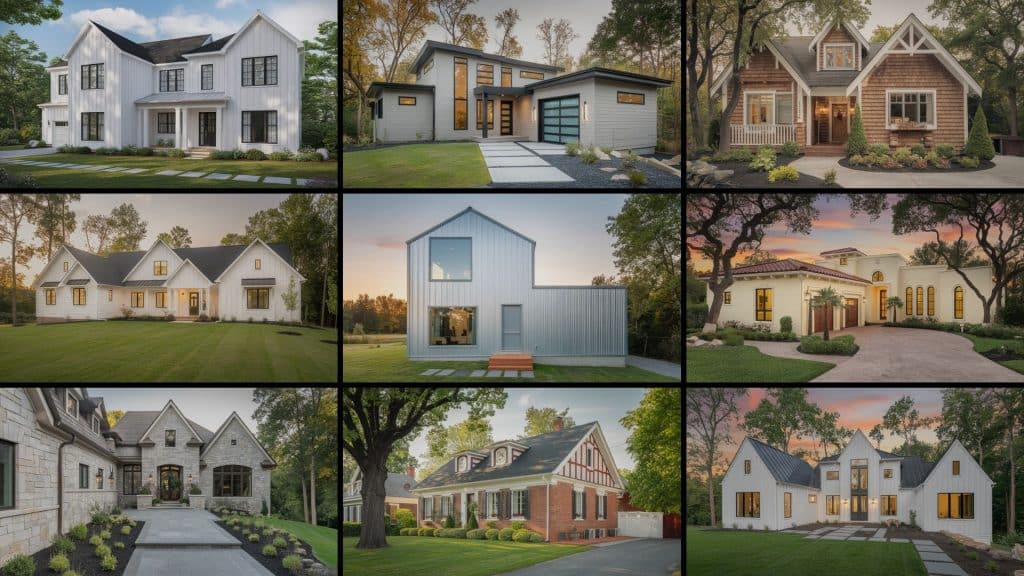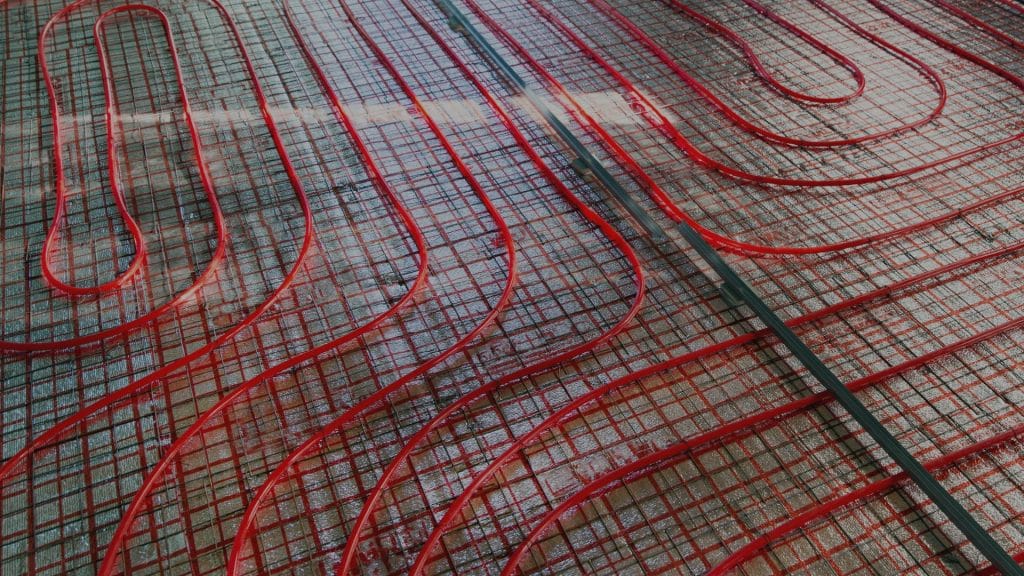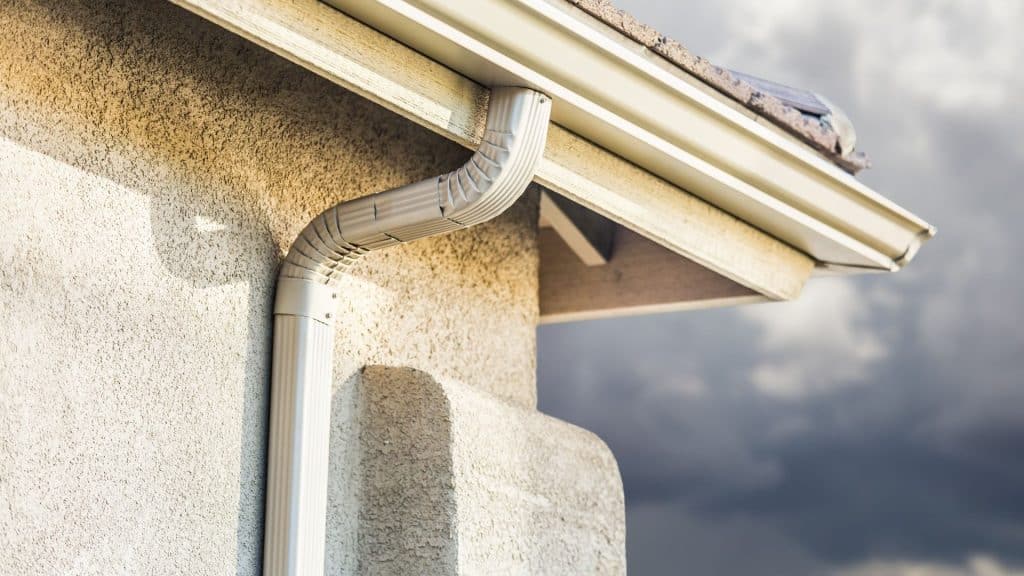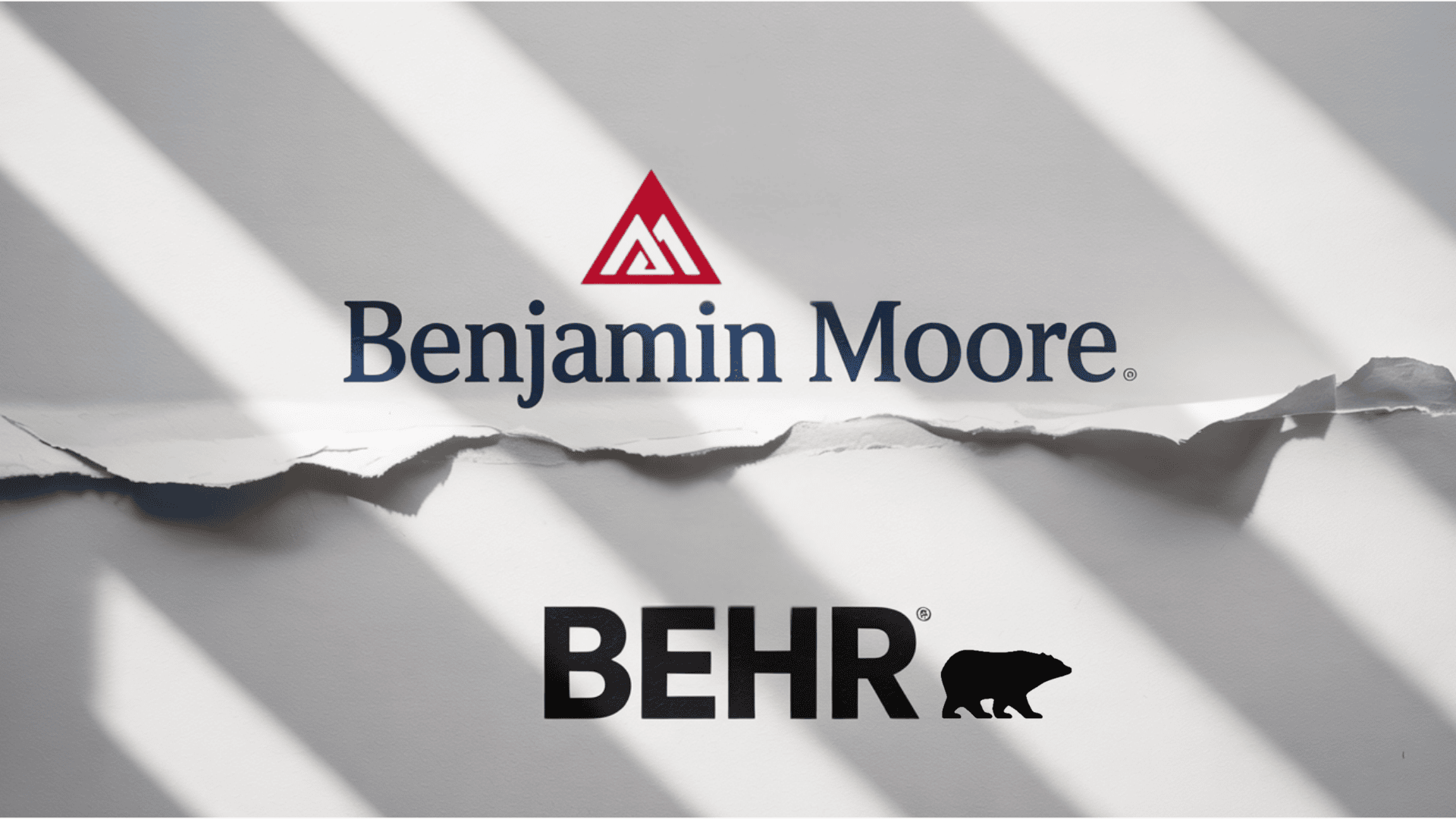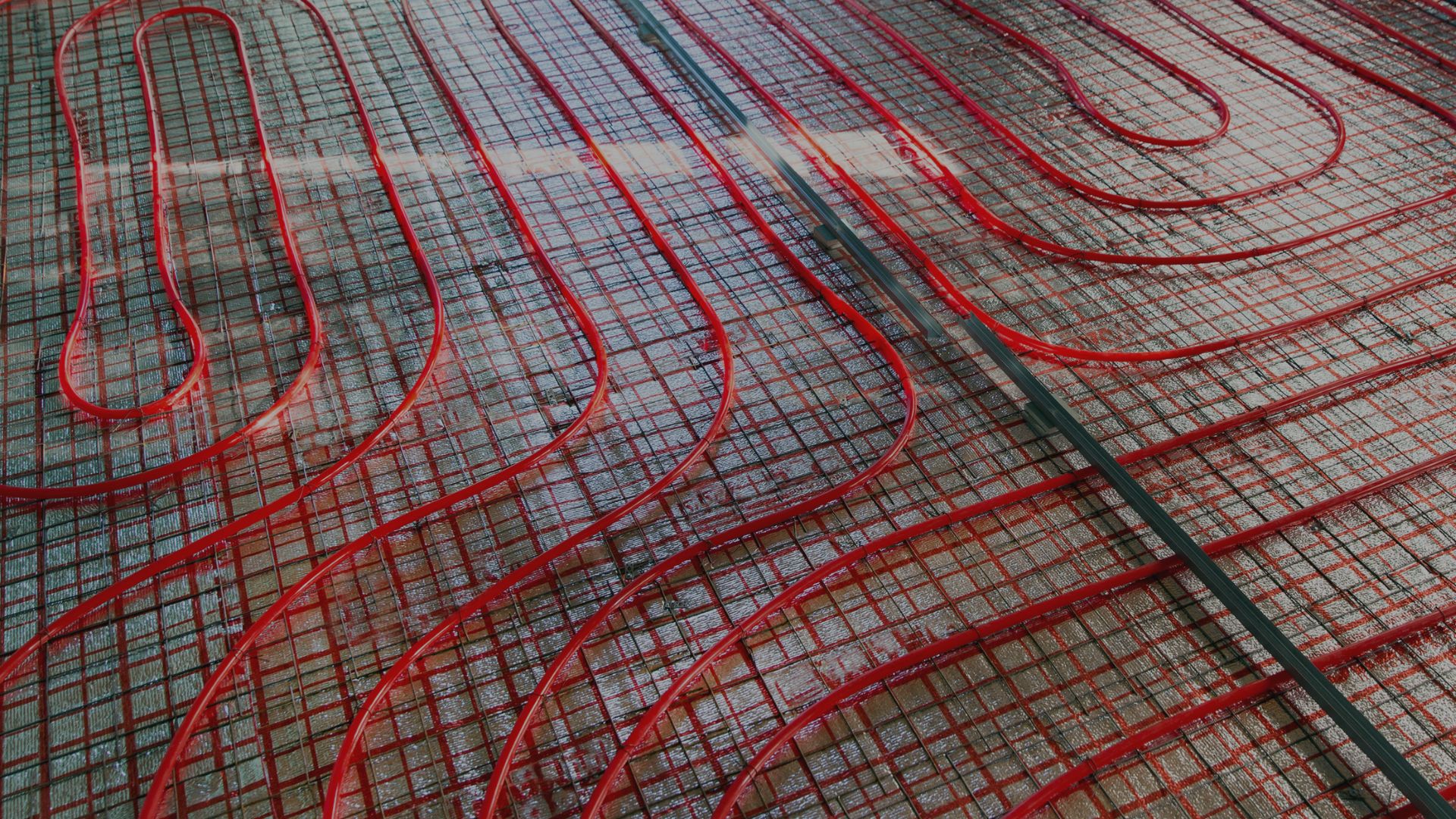Are you planning to upgrade your home’s exterior but feeling overwhelmed by the many siding options available?
You know what? Choosing the right siding material is one of the most important decisions you’ll make for your home.
It affects your curb appeal, energy bills, and maintenance costs for years to come.
The right choice protects your home from the weather while making it look great. With so many options on the market, how do you know which one fits your needs?
In this blog, I’ll show you everything you need to consider when selecting the best siding for your home project.
What to Consider When Choosing House Siding?
Selecting the right siding involves more than just picking what looks good on your neighbor’s home or in a magazine photo.
Here are the key factors you should think about:
- Consider how well the material holds up in your local weather conditions.
- Think about your upfront budget and potential maintenance or replacement costs.
- Decide how much time and money you’re willing to spend on upkeep.
- Check how long the siding will last and whether it resists damage.
- Make sure the style, color, and texture match your home’s design.
- Check whether the siding will effectively insulate your home.
- Determine if you can install it yourself or need professional help.
9 Best Siding To Consider For Your House
Now that you know what to look for, here are nine popular siding materials to help you make an informed decision based on performance, cost, and style for your home.
1. Vinyl Siding

Vinyl siding is the most popular choice in North America because it offers great value for the price. It comes in many colors and styles, requires very little upkeep, and resists fading well over time.
| Pros | Cons |
|
|
2. Fiber Cement Siding

Fiber cement siding combines cement, sand, and cellulose fibers to create a strong and fire-resistant material. It looks like real wood but lasts much longer and holds up better against harsh weather conditions.
| Pros | Cons |
|
|
3. Wood Siding

Wood siding offers a classic, natural look that many homeowners love for traditional or rustic home styles, with cedar and redwood being popular choices for their natural resistance.
| Pros | Cons |
|
|
4. Engineered Wood Siding

Engineered wood siding is made from wood fibers and resins pressed together to create a stable material. It mimics the look of real wood but offers better moisture resistance and is often more affordable.
| Pros | Cons |
|
|
5. Metal Siding
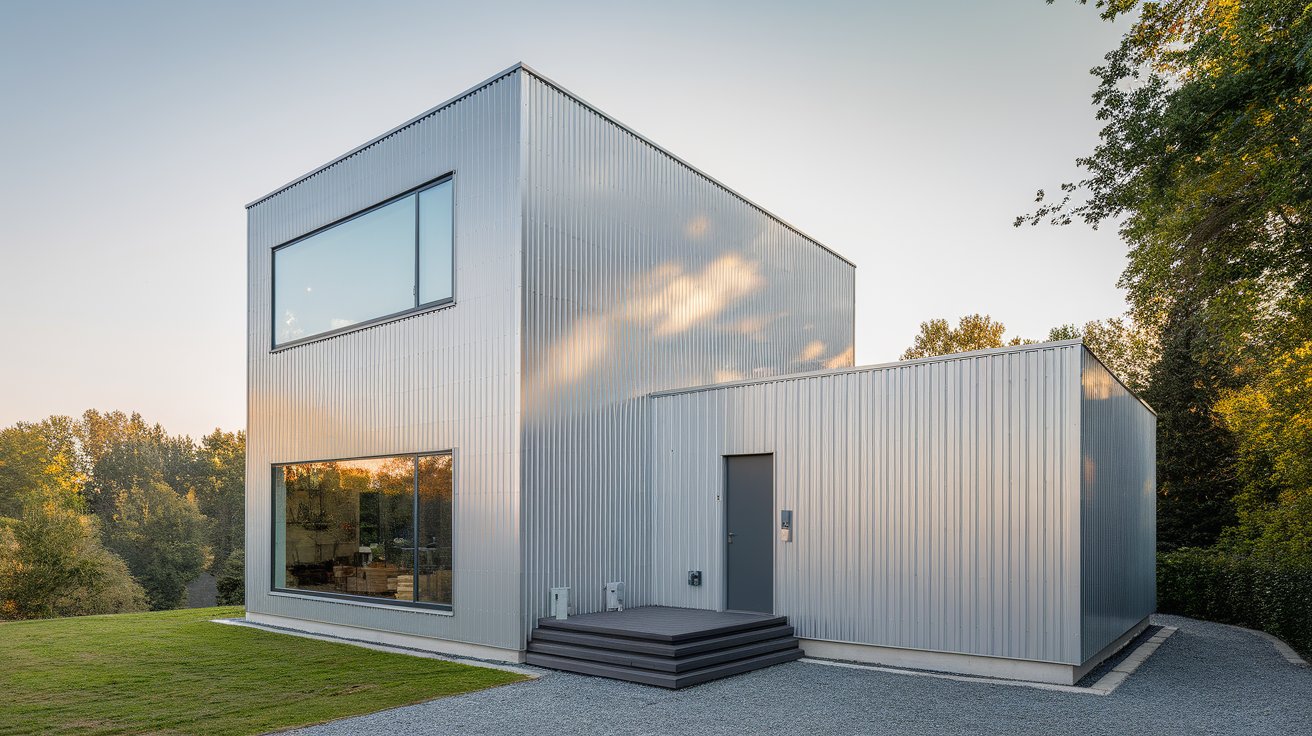
Metal siding, often made from aluminum or steel, provides a modern style and excellent durability for contemporary homes while withstanding fire, insects, and severe weather.
| Pros | Cons |
|
|
6. Stucco Siding

Stucco siding creates a smooth or textured finish that works well in warm, dry climates and is made from cement, sand, and lime, offering good insulation and a distinctive appearance.
| Pros | Cons |
|
|
7. Stone Veneer Siding
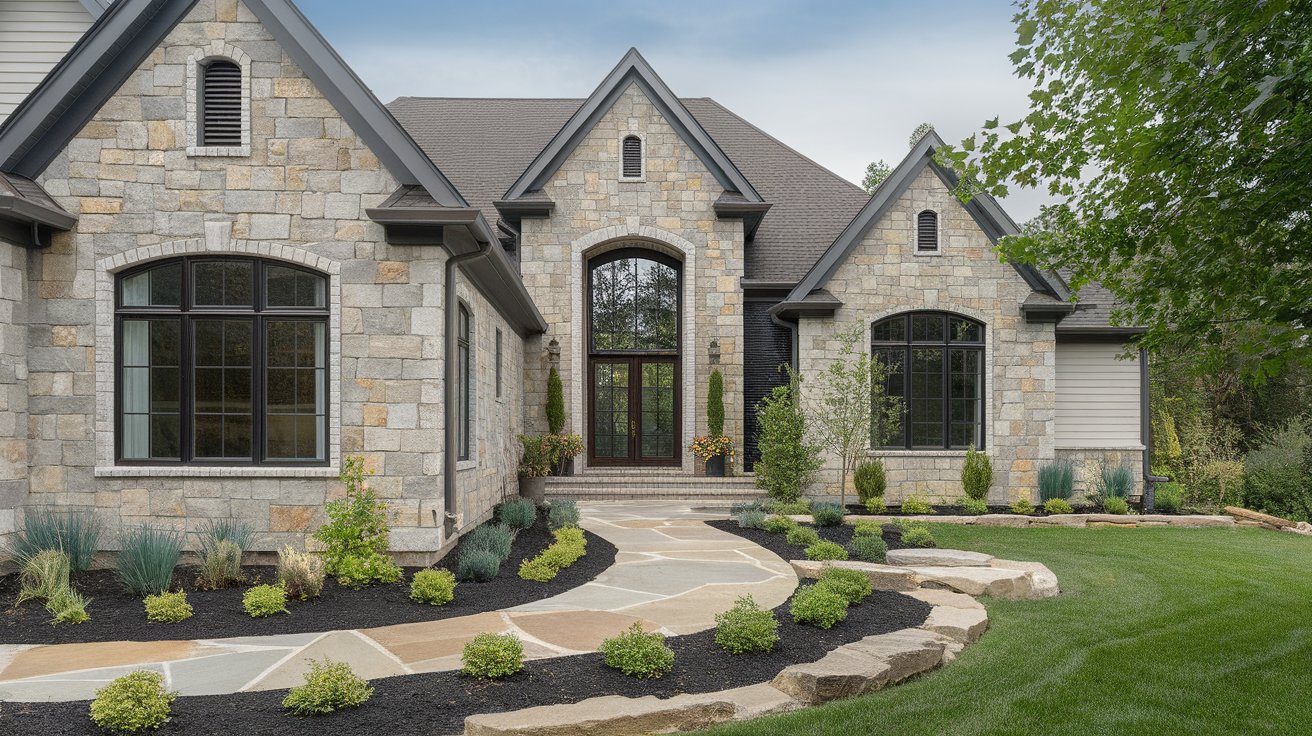
Stone veneer siding uses thin pieces of natural or manufactured stone attached to your home’s exterior to create a luxurious, high-end appearance while being lighter and more affordable.
| Pros | Cons |
|
|
8. Brick Veneer Siding
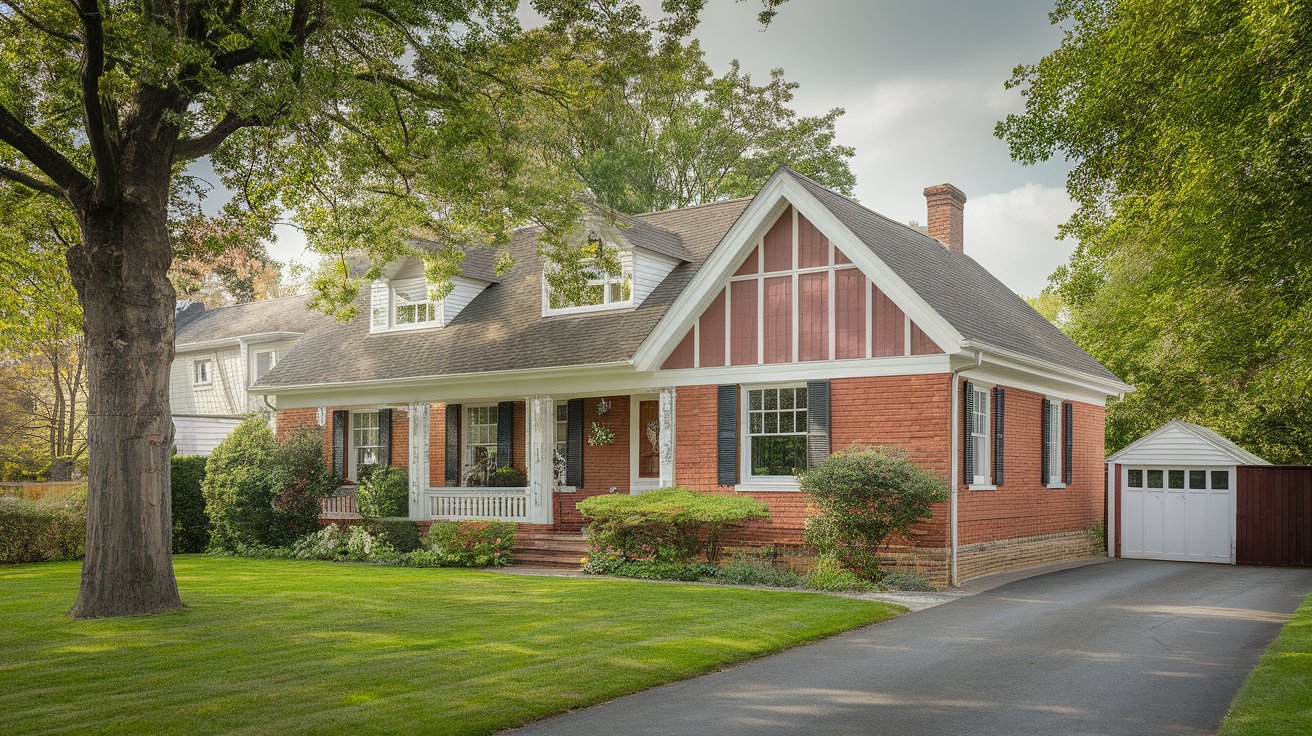
Brick veneer siding provides the classic look of traditional brick without the weight and expense of solid brick walls, offering timeless style and excellent durability for many decades.
| Pros | Cons |
|
|
9. Composite Siding

Composite siding blends wood fibers with plastic polymers to create a material that looks like wood but resists moisture better, offering a middle ground between natural and synthetic materials.
| Pros | Cons |
|
|
Which Siding Option Is Best for Your Home?
If you’re working with a tight budget and want something low-maintenance, vinyl siding is your best bet for excellent long-term value.
For those in areas with extreme weather or high wildfire risk, fiber-cement siding provides superior protection and durability, making it worth the higher investment.
Homeowners in dry, warm climates might prefer stucco for its insulation benefits, while those in humid areas should avoid it and opt for moisture-resistant materials.
If you love natural materials and don’t mind regular upkeep, wood or brick veneer adds timeless beauty that synthetic options simply can’t match.
Ultimately, the best siding for house projects depends on your climate, budget, style preferences, and how much maintenance you’re willing to handle regularly.
Wrapping It Up
To summarize, selecting the right siding material requires careful consideration of multiple factors.
Your final decision depends on performance, budget, upkeep, and how well the material suits your region. Each material offers unique advantages suited to different needs and preferences.
Quality installation remains just as important as the material choice itself for achieving long-lasting results.
Your home deserves protection that performs well while enhancing its appearance for many years.
Taking time to compare options and research experienced contractors will help ensure a successful project.
Do you have any questions about siding materials, or which option seems right for your situation? Share your thoughts below!

